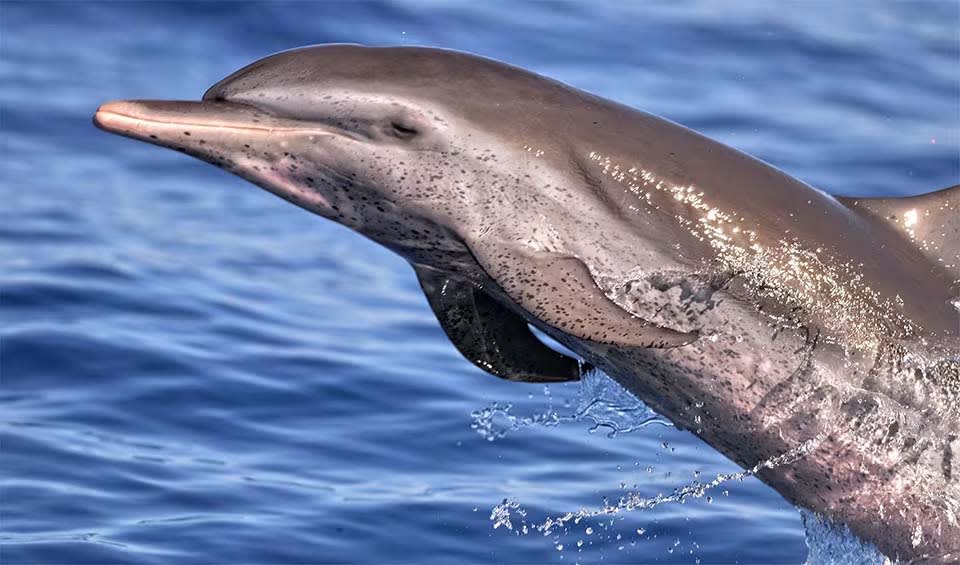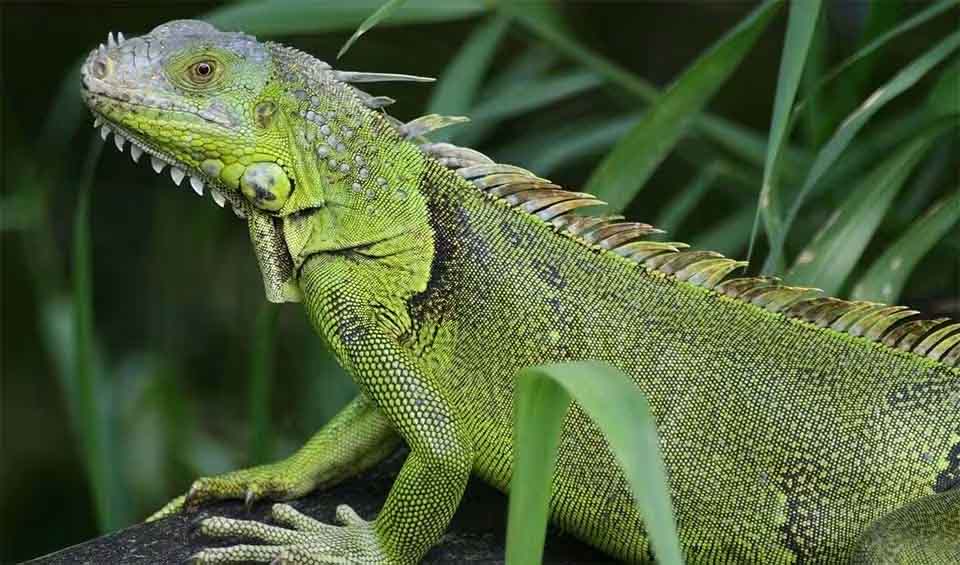Antigua and Barbuda, a twin-island nation in the Caribbean, is renowned for its stunning landscapes, rich biodiversity, and vibrant cultural heritage. These islands offer an idyllic escape with their pristine beaches, crystal-clear waters, and lush vegetation. Located in the heart of the Caribbean, Antigua and Barbuda is part of the Leeward Islands in the Lesser Antilles. Antigua, the largest of the two islands, features rolling hills, low-lying terrain, and a rugged coastline with numerous coves and harbors. Barbuda is flatter and known for its expansive beaches and large lagoon.
The landscapes of Antigua and Barbuda are incredibly diverse and captivating. Antigua is famous for its 365 beaches—one for every day of the year—ranging from bustling stretches like Dickenson Bay to secluded spots like Half Moon Bay. The island’s interior is dotted with rolling hills and lush vegetation, offering scenic hiking opportunities, such as the trails up to Shirley Heights, which provide panoramic views of English Harbour. Barbuda boasts some of the most beautiful beaches in the Caribbean, including the stunning pink sand beach at Princess Diana Beach.
Four pillars elaborated:
Antigua and Barbuda, covering a total land area of approximately 440 km² (273 mi²), has made notable strides in conservation, with significant portions of its natural habitats under protection. The country has designated around 20% of its watersheds and 30% of its mangrove swamps and beaches as protected areas, reflecting a strong commitment to preserving its rich biodiversity. These protected areas include crucial ecosystems such as wetlands, which serve as vital habitats for numerous bird and marine species. The implementation of these protections aligns Antigua and Barbuda with international conservation targets, showcasing its dedication to environmental sustainability and the safeguarding of its unique natural heritage. Land Management
Land Management
Since the first national report was prepared, the threats to biodiversity have remained largely unchanged, but the intensity of the pressure has increased. These threats are primarily human-induced and include habitat fragmentation and loss due to unplanned development for tourism and housing, overgrazing by livestock in watersheds, deforestation, improper land use leading to erosion and desertification, and the introduction of invasive alien species that reduce local genetic diversity. Threats to Biodiversity
Threats to Biodiversity
Marine biodiversity is also under increasing threat from habitat destruction, overexploitation, sand mining, and destructive fishing methods. Mangroves, which serve as nurseries and habitats for both marine and terrestrial wildlife, are being destroyed for coastal development, particularly related to the tourism sector.
Since the development of the NBSAP in 2001, Antigua and Barbuda has made significant progress in implementing recommended actions, particularly in granting protection status to wetlands and coastal ecosystems, with 20% of watersheds and 30% of mangrove swamps and beaches now protected. However, gaps remain in research, market measures for protection, and legislative implementation. The government has enacted mandatory Environmental Impact Assessments (EIA) for certain projects and adopted new biodiversity-related legislation, driven by increased public awareness of biodiversity’s importance. Capacity and Governance
Capacity and Governance
Despite some missed 2010 targets, the country has initiated or completed various initiatives, such as developing a Strategy for Agricultural Biodiversity Protection, banning the commercial trade of threatened species, stopping sand mining, and creating a sustainable island resource management and zoning plan. Efforts in biodiversity and climate change mitigation include the successful Northwest Coast Rehabilitation and the Body Pond Watershed projects, which have reduced flooding and rehabilitated important habitats.
Antigua and Barbuda’s Future Biodiversity Plan 2030 is a comprehensive strategy aimed at conserving and sustainably managing the country’s biodiversity. The plan focuses on conserving and restoring biodiversity across all ecosystems, promoting sustainable use of biodiversity, and enhancing public awareness and participation in conservation efforts. Key actions outlined in the plan include establishing and effectively managing protected areas, controlling invasive species, promoting sustainable agriculture and fisheries practices, and raising public awareness about the importance of biodiversity. Future Trends
Future Trends
The plan is aligned with the United Nations Sustainable Development Goals and involves collaboration with international partners such as the UNDP, GEF, and CARICOM. While significant progress has been made, challenges such as limited funding and capacity need to be addressed for full plan implementation.
Biodiversity
Antigua and Barbuda boast rich biodiversity both on land and in their surrounding waters. The islands’ coastal and marine environments are home to a diverse array of marine life, including coral reefs that host colorful fish, sea turtles, and other marine creatures. Popular snorkeling and diving spots, such as Cades Reef and the wreck of the Andes, offer a glimpse into this underwater world.On land, the islands’ flora includes a variety of tropical plants, such as palm trees, hibiscus, and bougainvillea. The fauna includes numerous bird species, like the frigate bird and the Antiguan racer snake, one of the rarest snakes in the world, which has been successfully reintroduced to its native habitat.
In the table below are the number of known species in several main groups, how many of these species are Threatened with extinction, and how many of them are Endemic (unique to Antigua & Barbuda only):
| Species (World rank) |
Threatened | % Threatened | Endemic | % Endemic | |
|---|---|---|---|---|---|
| Mammals | 34 (#174) | 2 | 5.9% | ||
| Birds | 177 (#174) | 3 | 1.7% | 1 | 0.6% |
| Reptiles | 10 (#182) | 7 | 70.0% | 3 | 30.0% |
| Amphibians | 3 (#175) | 1 | 33.3% | ||
| Fishes | 499 (#119) | 35 | 7.0% | ||
| Plants | 978 (#179) | 4 | 0.4% |
mammals
Hooded seal
Only males possess a unique, inflatable, balloon-like nose that they can inflate into a large red shape
Pantropical spotted dolphin
A champion swimmer and a social butterfly of the warm seas
birds
American flamingo
Famous for its habit of standing on one leg
White stork
The folktale bird that brings the babies!
Anhinga
Their neck vertebrae have a hinge mechanism that allows it to dart its long neck and pierce its prey quickly
reptiles
Hawksbill sea turtle
Its slender frame and narrow head bear a beak curved like a hawk’s, earning this marine marvel its name
Green iguana
From the US down to Brazil, this trans-American lizard is the most common iguana
Antiguan racer
One of the rarest and critically endangered snakes in the world
National Animals
Fallow deer
A great conservation success story – a subspecies brought back from the brink of extinction and now thriving













